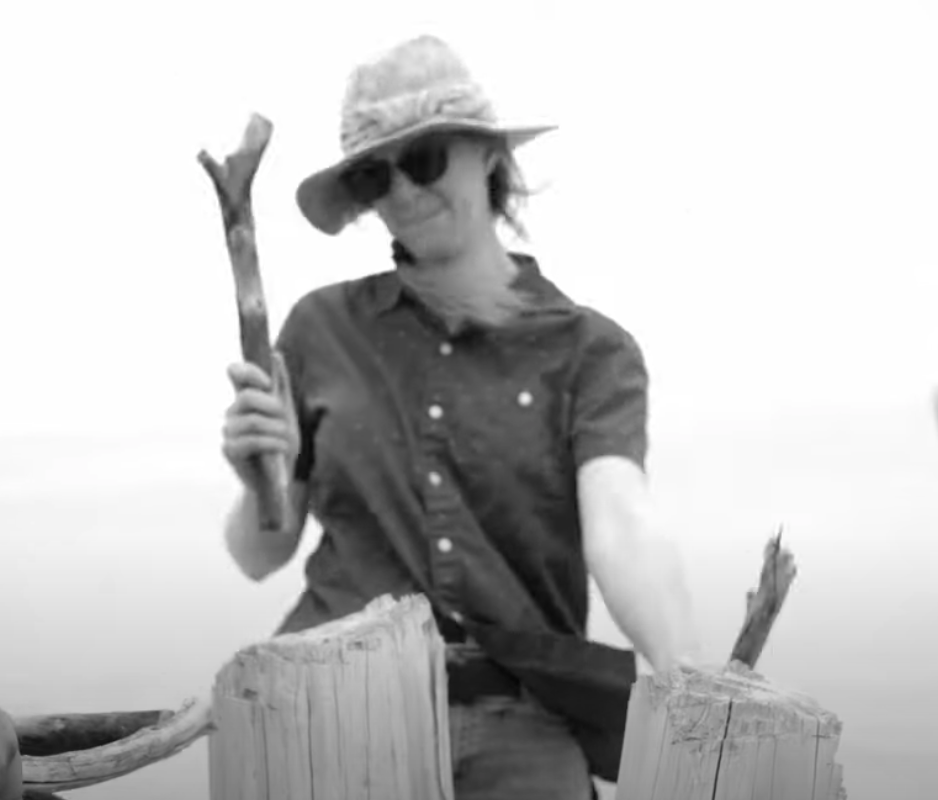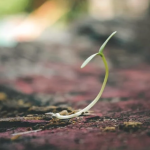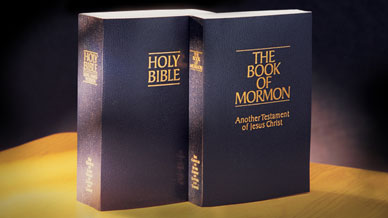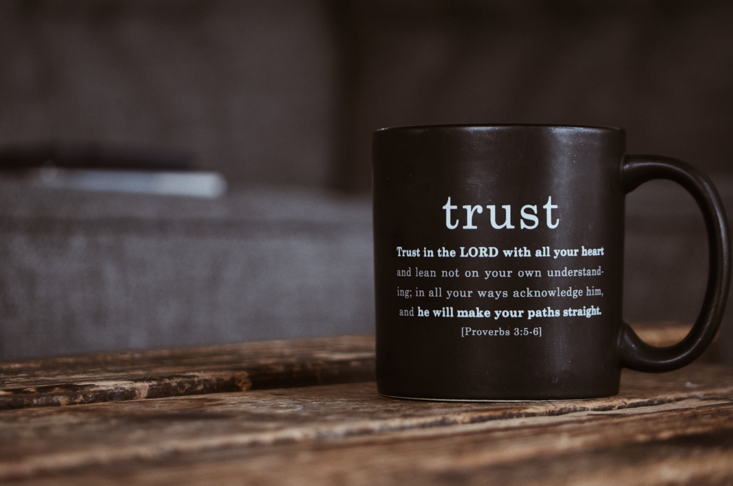~by Michelle
I was interested to read this MSNBC article last night: “In Japan, the Mormon Network Gathers the Flock.” I think Kari Huus did a good job explaining how The Church of Jesus Christ of Latter-day Saints is able to respond quickly in times like this disaster in Japan, both to care for its own and to care for others.
For example, you can read a little about how it is that church members and missionaries were so quickly accounted for after the earthquake and tsunami. [Find out more about that here.] The article mentions the home teaching program and how that is an essential part of Mormon emergency preparedness abilities. [Read more about the Mormon home teaching program here.] Huus also explains how the Church is involved in relief efforts – both in sending monetary aid and also in sending human resources to the country to help assess needs and determine how best to fill them.
My friend’s husband works for LDS Humanitarian Services. A recent Facebook update from Laurie communicated that her husband was off to Japan to help. As I read the MSNBC article, I thought of something she wrote here at Mormon Women not long ago about how the Church works at times like this. She writes:
One of the blessings I have received as an observer of LDS humanitarian work is my testimony of how the Church works….During a disaster, local leadership at the local branch and ward level is able to quickly assess the situation, which is communicated to stake and regional leaders, and then to Church headquarters. There are rarely glitches when it is done as instructed.
Huus shares something similar in her article. Quoting Elder Richard Hinckley, the article notes:
“With four or five calls from a bishop — using phone trees — we can locate any one of 14 million church members in the world in a matter of minutes.”
If phone lines are down (as is often the case in disasters like this), that’s when the home teaching program (and the visiting teaching program) fill in the gaps. We really do believe in being each others’ keepers.
We also work to organize ourselves to help others around us in our communities and also in the world. As Steve Allen, a Church public official said in Huus’ article:
We strive to help people whenever there is a disaster….Our desire to help is not based on religious affiliation or any other affiliation.
I love what my friend, Laurie, said about all of this:
Watching this system in place has greatly strengthened my understanding of the temporal and spiritual ways the Lord has established to make sure His children are well cared for. Heavenly Father loves His children, and I am thankful for His wisdom in providing the priesthood and Church administration to bless others. I am grateful for wonderful leaders who are led by the Spirit in this work.
Again, I appreciate Huus’ article. I think the article’s title captures how Mormons feel about “the Mormon network.” To us, it is more more than just evidence of a culture that focuses on emergency preparedness and discipline. This is evidence of our doctrine, too. A doctrine that believes in caring for one another, both in and outside of the Church. We take seriously the commandment of the Lord, Jesus Christ, the Great Shepherd, who said, “feed my sheep.” And we believe He is involved in helping the Church organize itself in a way to facilitate our ability to do that.
My thoughts and prayers are with the people in Japan, and also are with those (both from the Church and from other organizations — hats off to them, too!) who are trying to figure out how best to help.
p.s. Just wanted to provide a link to LDS Humanitarian Services for those interested in ways to help. 100% of monetary donations go to help those in need.














Humanitarian Services really is a wonderful program. I had so many neat experiences working there. When I worked at the COB, they were really tied to Bishops’ Storehouse Services (where I also worked at another time), and I got to be the “disaster report girl” who would run current disaster info on a printed memo to lots of LDS General Authorities and other people at the Church Office Building. It was always very exciting being on top of the disasters throughout the world… a neat work to be a part of!